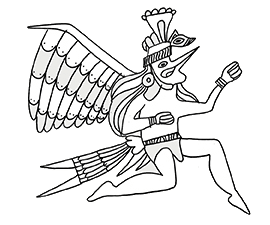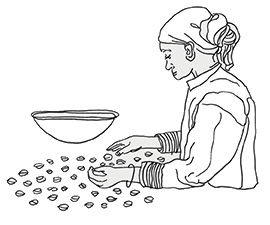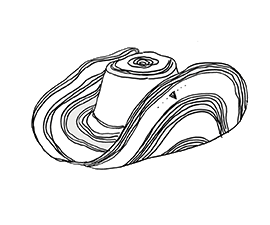About Hatumpampa
Hatumpampa community has a long story of challenges, traditions, struggles and hope.
The entire community once belonged to a single landowner. He owned large areas of land where he cultivated sugar cane for the production of Cañazo (a traditional alcoholic drink in the area) and Chancaca (today known as panela). Hatumpampa residents worked forcefully for the landowner and the payment they received was kilograms of Chancaca.
At that time no indigenous person could buy land in the community. The landowners forbade them. It wasn’t until 1969 that the Peruvian government issued the agrarian reform, eradicating the haciendas and forced labor exploitation. After this legislation, the population organized themself and formed the farmers’ community of Hatumpampa.
After the agrarian reform, the community was attacked by terrorists and forced to plant coca. Many fled to the central cities in search of a more peaceful life. At the end of the 90’s terrorism subsided in the area, promoting the large-scale return of farmers who decided to cultivate a product that could give them better economic benefits: coffee.
Despite adversity, the inhabitants of Hatumpampa remain very united, supporting each other through ancestral Inca customs such as Ayni and Minka, playing their native music, Qarataka, and performing the work they know best: growing great coffee.
Coffee is now the most important product in Inkawasi valley and a decisive factor in the economic and social improvement of the producers of the area.



